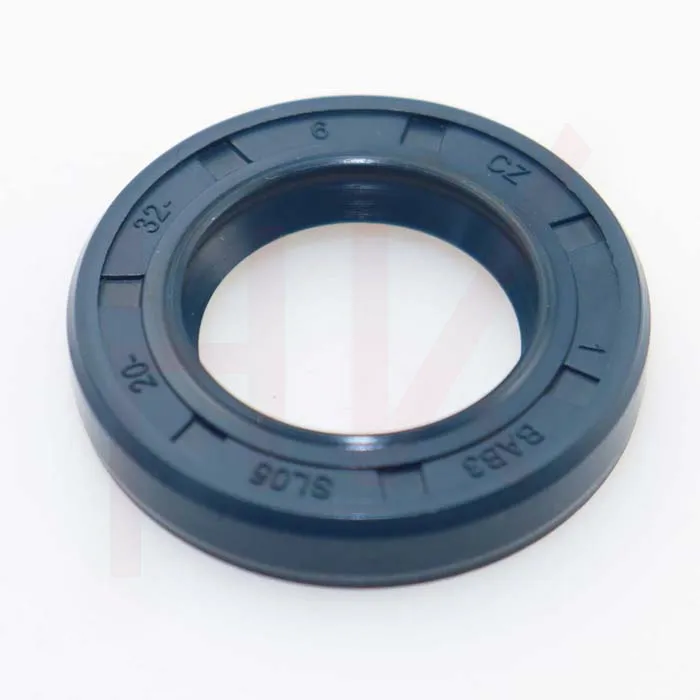ਨਵੰ. . 09, 2024 07:42 Back to list
Hydraulic Cylinder Wiper Seal for Enhanced Performance and Reliability in Machinery
Understanding Wiper Seals in Hydraulic Cylinders
Hydraulic cylinders are crucial components in various machinery, from construction equipment to manufacturing machines. They convert hydraulic energy into mechanical force, enabling powerful movements and operations. However, to ensure optimal performance and longevity of hydraulic cylinders, the importance of wiper seals cannot be overlooked. This article delves into the significance, types, and maintenance of wiper seals in hydraulic cylinders.
What is a Wiper Seal?
A wiper seal, often referred to as a dust or scraper seal, is a sealing component positioned at the outer end of a hydraulic cylinder. Its primary function is to prevent contaminants such as dirt, dust, and moisture from entering the hydraulic system. This seal is designed to effectively wipe the rod as it emerges from the cylinder, ensuring that any debris is removed before it can enter the cylinder itself, which can cause wear and tear on the internal components.
Importance of Wiper Seals
The role of wiper seals in hydraulic cylinders is paramount for several reasons
1. Protection Against Contaminants Hydraulic systems are susceptible to contamination, leading to significant damage and reduced efficiency. Wiper seals act as the first line of defense, keeping unwanted particles out of the cylinder.
2. Increased Longevity of the Cylinder By preventing dirt and debris from entering the hydraulic system, wiper seals help prolong the life of hydraulic cylinders. This reduction in wear particles lowers maintenance costs and minimizes the risk of unexpected downtime.
3. Maintaining Performance Hydraulic systems depend on precision. Wiper seals help maintain the integrity of pressurized fluids, ensuring the hydraulic system operates efficiently and effectively.
4. Cost-Effectiveness Investing in high-quality wiper seals can reduce overall maintenance costs in the long run. By minimizing wear on the cylinder and avoiding costly repairs, operators can maximize their equipment's profitability.
Types of Wiper Seals
Wiper seals come in various shapes and materials, each designed for specific applications
. Some common types include- U-Cup Wiper Seals These seals have a U-shaped profile that provides effective wiping action. They are often used in applications with low to medium pressure.
wiper seal hydraulic cylinder

- Lip Seals Lip seals feature a flexible lip that conforms to the cylinder rod, enhancing the wiping capability. They are particularly effective in high-pressure applications.
- Flat Wiper Seals Typically made from materials like polyurethane or rubber, flat wiper seals are designed for both light-duty and heavy-duty applications. Their design allows for good wiping performance while maintaining low friction.
- Spring-Loaded Wipers These seals incorporate a spring mechanism that applies a constant force on the rod, maintaining contact even under varying conditions. They are beneficial in dynamic applications where the rod experiences frequent movements.
Maintenance of Wiper Seals
To ensure the longevity and effectiveness of wiper seals, regular maintenance is essential. Here are a few tips to keep in mind
1. Regular Inspection Frequently inspect the wiper seals for signs of wear or damage. Look for cracks, tears, or deformation, which could compromise their effectiveness.
2. Clean Environment Maintain a clean operating environment to reduce the amount of dirt and debris that can come into contact with the seals.
3. Proper Installation Ensure that wiper seals are correctly installed to prevent misalignment, which can lead to premature wear.
4. Use Quality Seals Invest in high-quality wiper seals that are suited for the specific operating conditions of your hydraulic system.
5. Monitor Performance Pay attention to any changes in hydraulic performance. Unusual sounds or leaks could indicate that wiper seals need attention.
Conclusion
Wiper seals play a vital role in the performance and longevity of hydraulic cylinders. By providing protection against contaminants, they help ensure the efficiency of hydraulic systems and mitigate potential repair costs. Understanding their importance and maintaining them diligently can lead to improved machinery performance and extended service life. Proper care and attention to these seemingly minor components can make a significant difference in the overall efficiency of hydraulic operations.
-
The Trans-formative Journey of Wheel Hub Oil Seals
NewsJun.06,2025
-
Graphene-Enhanced Oil Seals: Revolutionizing High-Pressure Oil Sealing
NewsJun.06,2025
-
Future of Hydraulic Sealing: Advanced Intelligent TCN Oil Seals
NewsJun.06,2025
-
Don’t Let a Broken TCV Oil Seal Ruin Your Day
NewsJun.06,2025
-
Bio-Inspired Dust Seals for Better Sealing Performance
NewsJun.06,2025
-
Biodegradable and Sustainable Hydraulic Seal Materials
NewsJun.06,2025
-
Top Oil Seal Solutions for Your Industrial Needs
NewsMay.22,2025
Products categories
















